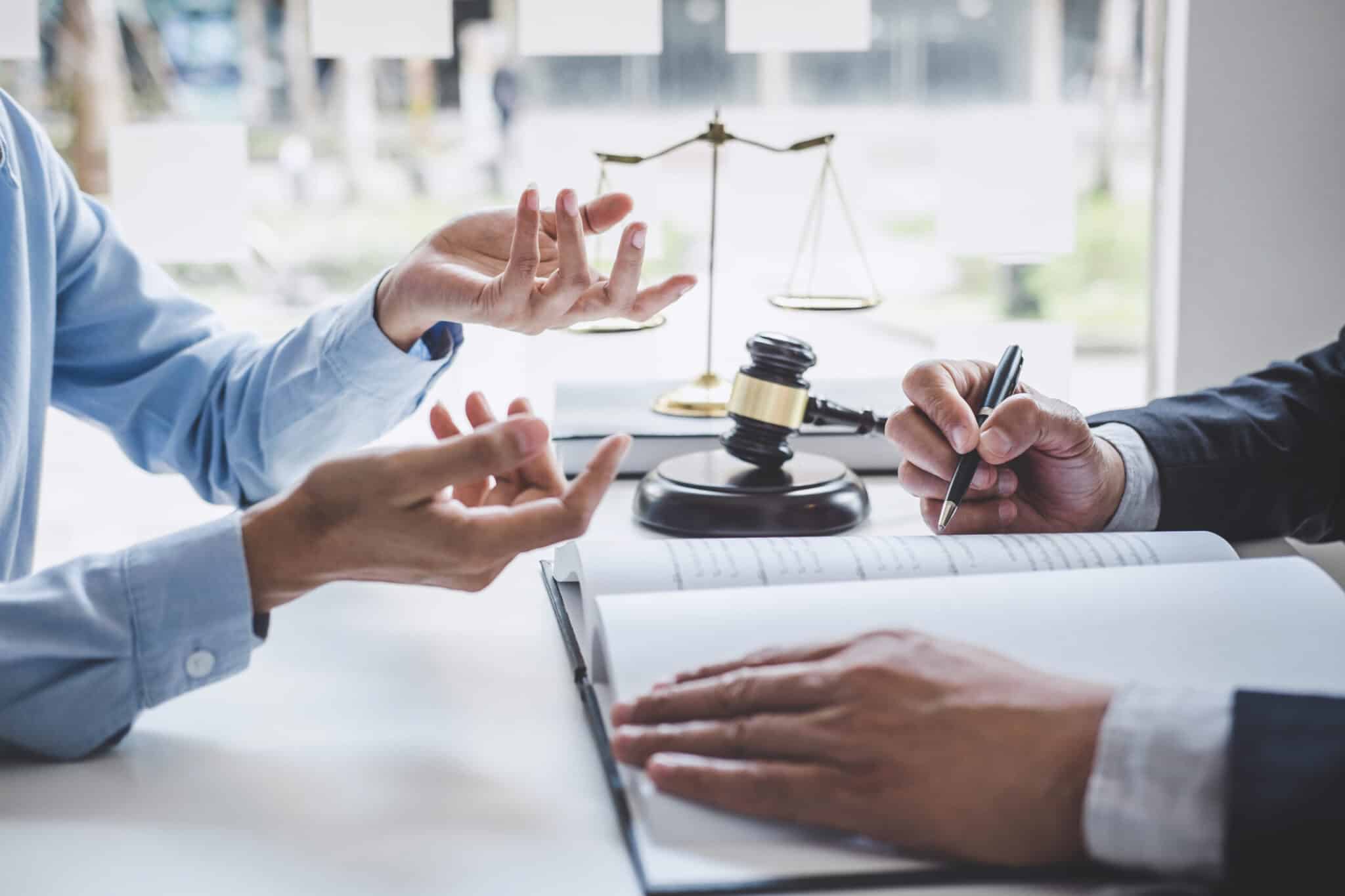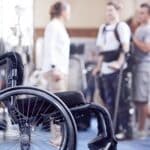
Navigating the complexities of proving non-economic damages in court can be a challenging endeavor. This blog explores effective strategies and evidence that can help plaintiffs present a compelling case.

Understanding Non-Economic Damages: Definitions and Examples
Proving non-economic damages in court requires a clear understanding of what they are and how they can be defined. Non-economic damages refer to the losses that are not easily quantifiable in monetary terms, such as pain and suffering, emotional distress, or loss of enjoyment of life. These damages are subjective and can vary from case to case. Examples of non-economic damages may include the physical pain and suffering endured by the plaintiff, the emotional distress caused by the incident, or the loss of companionship due to a loved one’s injury.
To prove non-economic damages in court, it is essential to provide specific examples and evidence that demonstrate the impact of the injury on the plaintiff’s life. This can include medical records, testimonies from mental health professionals, or statements from friends and family members who have witnessed the plaintiff’s suffering. By presenting a clear and compelling picture of the non-economic damages, plaintiffs can increase their chances of obtaining a favorable outcome in court.
The Role of Testimony in Demonstrating Non-Economic Loss
Testimony plays a crucial role in demonstrating non-economic loss in personal injury cases. By presenting witness testimonies, plaintiffs can provide the court with firsthand accounts of the impact the injury has had on their lives. This can include testimonies from the plaintiff themselves, family members, friends, or medical professionals who have treated the plaintiff.
During testimony, it is important for the witnesses to describe the specific non-economic damages experienced by the plaintiff. They should highlight the physical pain, emotional distress, or loss of enjoyment of life that the plaintiff has endured. Additionally, witnesses can provide insight into the plaintiff’s daily struggles, limitations, and the overall impact the injury has had on their quality of life. By presenting credible and compelling testimonies, plaintiffs can strengthen their case and increase the likelihood of receiving fair compensation for their non-economic damages.
Collecting and Presenting Evidence: Key Considerations
Collecting and presenting evidence is a crucial aspect of proving non-economic damages in court. It is important to gather various types of evidence that support the plaintiff’s claim for non-economic damages. This can include medical records, photographs, videos, or any other documentation that demonstrates the extent of the injury and its impact on the plaintiff’s life.
When presenting evidence, it is essential to organize and present it in a clear and concise manner. This includes labeling and explaining each piece of evidence to ensure its relevance and significance in proving non-economic damages. Additionally, it is important to establish a clear link between the evidence presented and the non-economic damages claimed. By effectively collecting and presenting evidence, plaintiffs can strengthen their case and provide the court with a comprehensive understanding of the non-economic damages they have suffered.
Expert Witnesses: Their Impact in Non-Economic Damages Cases
Expert witnesses can play a significant role in proving non-economic damages in court. These are professionals with specialized knowledge and expertise in relevant fields, such as medicine, psychology, or economics. Their testimony can provide valuable insights and opinions on the impact of the injury on the plaintiff’s life and the associated non-economic damages.
For example, a medical expert witness can explain the physical and emotional consequences of the injury, detailing the pain and suffering experienced by the plaintiff. A psychological expert witness can provide insight into the emotional distress and mental anguish caused by the incident. An economic expert witness can quantify the financial impact of the injury on the plaintiff’s future, including the loss of earning capacity or the cost of future medical care.
By presenting expert witnesses, plaintiffs can strengthen their case and provide the court with a well-rounded understanding of the non-economic damages they have suffered. These witnesses can provide credibility and expertise that can significantly impact the outcome of the case.
Legal Challenges and How to Overcome Them
Proving non-economic damages in court can come with its fair share of legal challenges. Defense attorneys may attempt to downplay the significance of the non-economic damages or argue that they are not directly related to the incident in question. Overcoming these challenges requires careful preparation and effective strategies.
One way to overcome legal challenges is by presenting strong and compelling evidence that clearly demonstrates the impact of the injury on the plaintiff’s life. This can include testimonies, expert opinions, or documented records that establish a direct link between the incident and the non-economic damages claimed.
Additionally, it is important for plaintiffs to work closely with their legal team to anticipate and address potential counterarguments. By thoroughly understanding the defense’s potential strategies, plaintiffs can prepare strong counterarguments and effectively refute any claims that undermine their non-economic damages claim.
Overall, navigating the legal challenges associated with proving non-economic damages requires careful planning, thorough preparation, and effective communication with legal professionals. By being proactive and strategic, plaintiffs can increase their chances of successfully proving their non-economic damages in court.




